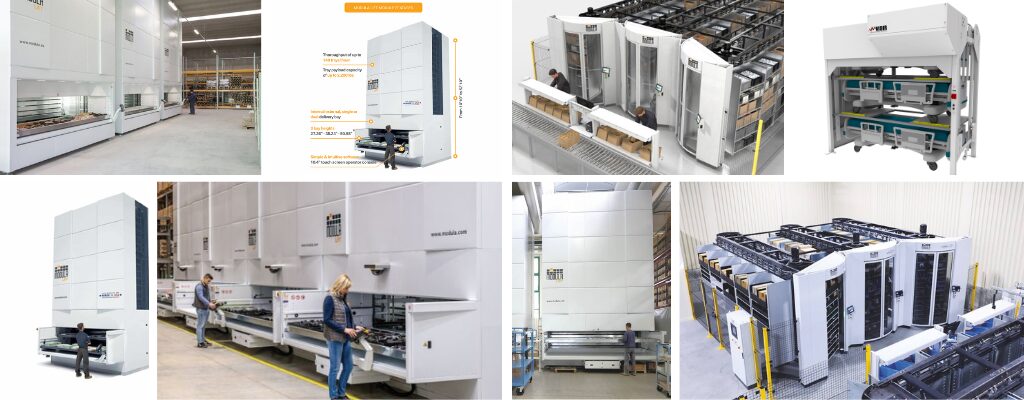
Maximizing Efficiency and Security in Document Scanning Projects
If you’re considering a document scanning project, there are several key variables that you’ll need to take into account in order to ensure that the project is successful. Whether you’re scanning invoices, contracts, or medical records, understanding these variables will help you to make informed decisions about the scanning process, and will allow you to achieve the best possible results.
Volume of Documents
The first variable that you’ll need to consider is the volume of documents that you’ll be scanning. This will have a direct impact on the overall scope of the project, and will help you to determine the resources that you’ll need to complete it. If you’re scanning a large number of documents, for example, you’ll need to invest in more equipment and staff, whereas a smaller project may be able to be completed with less.
Types of Documents
Another variable that you’ll need to consider is the types of documents that you’ll be scanning. Different types of documents may require different scanning methods or equipment, and will have different requirements in terms of legibility and quality. Invoices, for example, may be scanned in a different way than contracts, and medical records may require special handling due to the sensitive nature of the information they contain.
Quality of Original Documents
The quality of the original documents is another important variable to consider. Poor quality original documents can make the scanning process more challenging, and may require additional work to ensure that the scanned images are legible. This may include repairs to the original documents, or the use of specialized scanning equipment that is able to handle damaged or degraded documents.
Desired Output Format
The desired output format for the scanned documents is another variable that you’ll need to consider. The final scanned images may need to be in a specific format, such as PDF or TIFF, in order to be compatible with other systems or software. It’s important to ensure that the scanning process is able to produce the desired output format, and that any necessary conversions can be performed easily.
Data Security and Privacy
Data security and privacy is a crucial variable when it comes to document scanning. Documents may contain sensitive information that needs to be protected during the scanning process. It’s important to ensure that the scanning process is secure, and that any sensitive information is handled in accordance with relevant laws and regulations.
Indexing and Metadata
The way that documents are indexed and tagged with metadata will affect how easily they can be searched and retrieved later on. It’s important to consider how the documents will be indexed, and what metadata will be used, in order to ensure that the scanned documents can be easily found and accessed when needed.
Integration with Existing Systems
Another variable that you’ll need to consider is the integration of the scanned documents with existing systems, such as document management systems. The scanned documents may need to be integrated with other systems, so the process should be designed to make that integration as seamless as possible. This may involve the use of APIs or other integration tools, and will require careful planning and testing.
Cost and Budget
Finally, the cost of the project should be considered, including the cost of equipment, labor, and any additional services such as data entry or indexing. It’s important to ensure that the project is completed within budget, and that any additional costs are identified and addressed early on.
In conclusion, there are several key variables that should be considered when planning a document scanning project. Understanding these variables will help you to make informed decisions about the scanning process.




